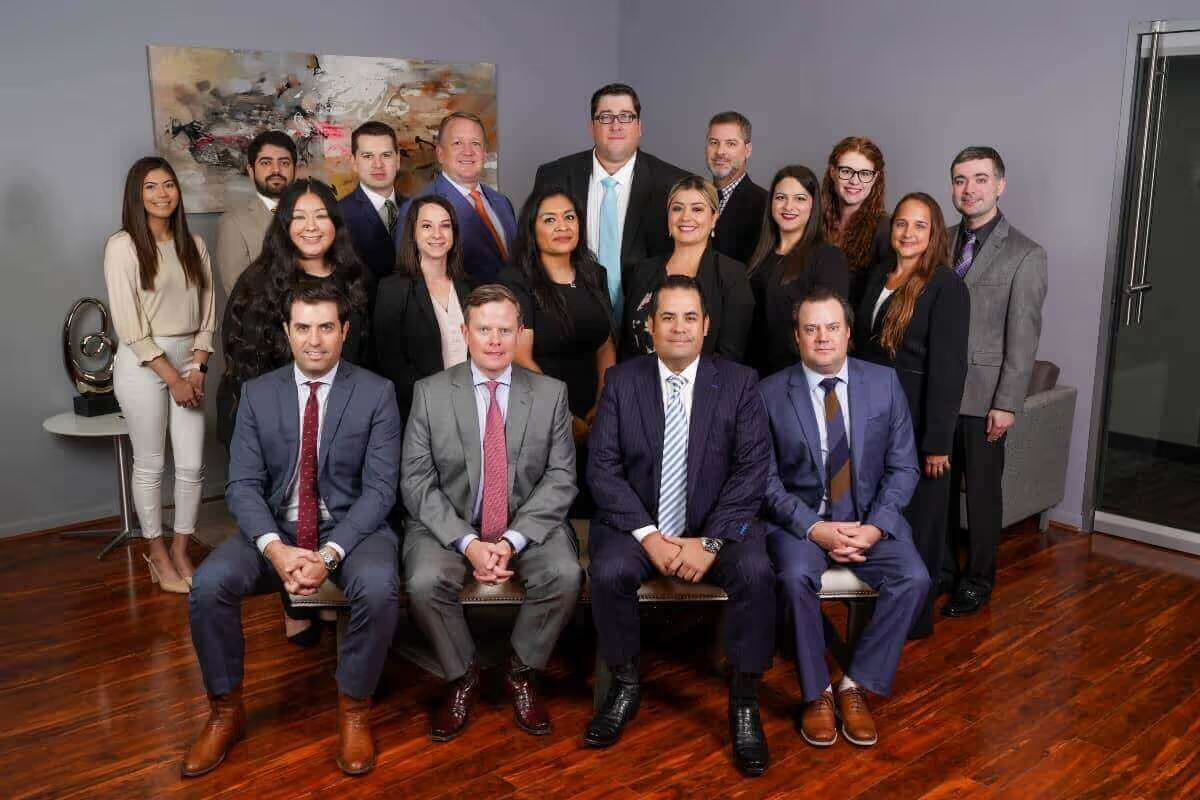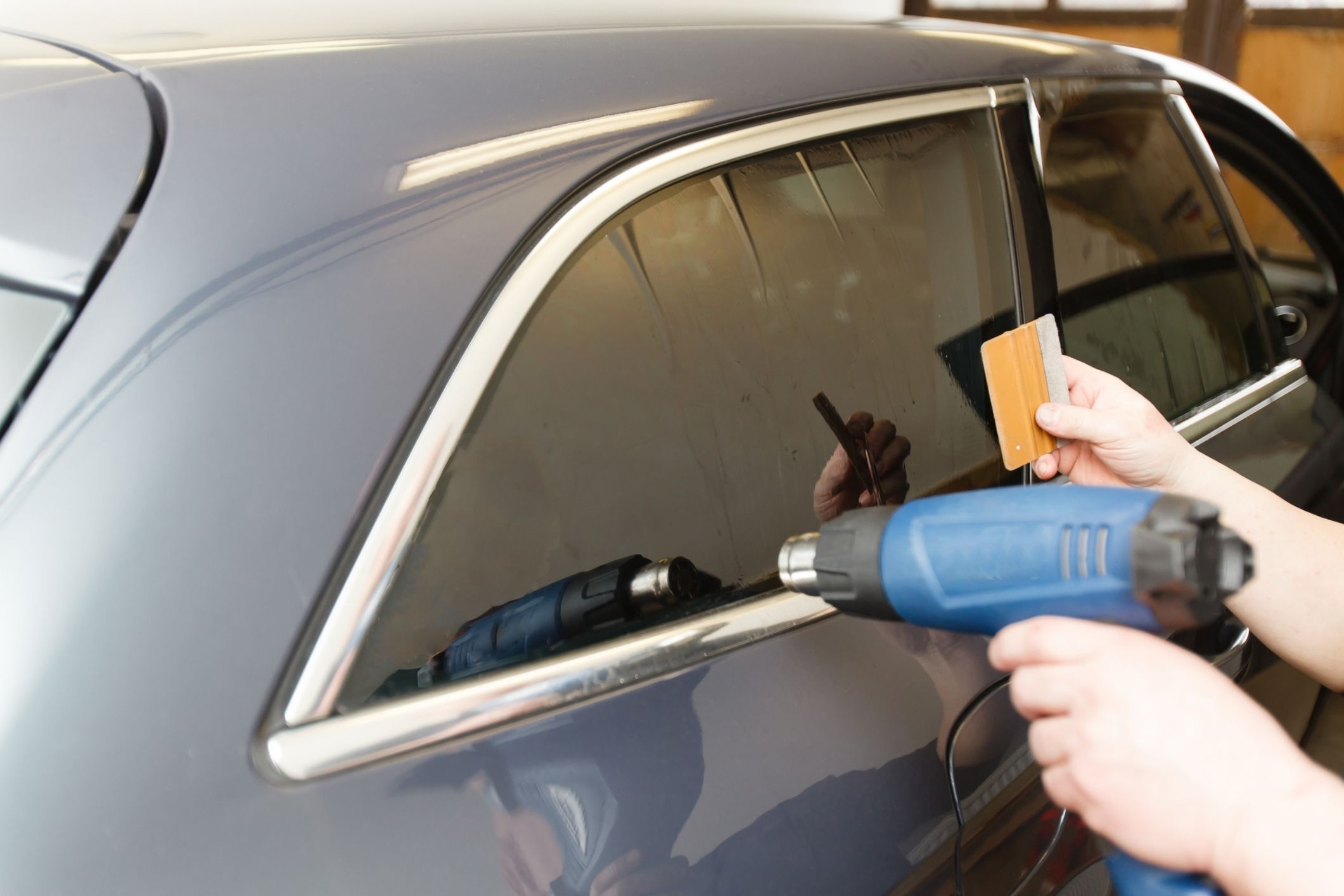Houston Commutes: Not Always Fun, but They Can Be Safe
Hiring a lawyer is the first step towards recovering a better quality of life. At Osborne & Francis, we devote our undivided attention to each client, and all communications are held in the strictest privacy. Contact us by filling out the form or calling us directly at (561) 293-2600.
By Pierce | Skrabanek
Published on:
June 4, 2016
Updated on:
April 7, 2024

.avif)
.avif)


Everyone has their own preferences for which activities they enjoy – maybe cooking, boating, walking, or listening to music. Despite the wide number of pleasurable pastimes and personal tastes, it’s hard to imagine anyone saying they get their kicks sitting in traffic.
You might find ways to tolerate your commute, or have resigned yourself to accepting it as a part of life, but nobody thinks, “Gee, I’m so fortunate to be in my car right now stuck in gridlock.”
Houstonians have it particularly bad when it comes to being trapped in congestion. On average, most Houstonians spent an incredible 74 hours in traffic in 2015, according to a new study. Citizens in only two other American cities had it worse: Los Angeles (81 hours) and Washington D.C. (75 hours).
Here’s the real concern about traffic: not only is your evening commute a point of frustration, it is actually risky.
According to the National Highway Traffic Safety Association (NHTSA), the majority of automobile accidents occur during the after work rush hour between 3 p.m. and 6 p.m. on weekdays. At this time of day, you are more likely to be in a pile-up, rear-ended or T-boned.
It makes sense that more vehicles on the roads equate to more accidents, but the additional cars, trucks, SUVs and motorcycles out and about are not solely to blame. Below are factors that can make your daily commute dangerous, and some tips on how to mitigate them.

Drowsy Driving
At the end of the workday, chances are you are pretty beat. That fatigue combined with traffic congestion can be a recipe for an accident. Recent evidence shows that employees who work outside of the traditional 9-5, and presumably are not traveling as often during rush hour, have lower accident rates.
Drowsy driving may not be the first driving safety issue that comes to mind, but it is a real and present danger. Research shows that even moderate tiredness can impair a driver as much as being legally intoxicated.
So that you are more alert behind the wheel, and in all aspects of your life, make getting a good night's sleep a priority. If you can’t get in 8 hours of ZZZs and find yourself consistently drowsy, try carpooling with a friend or co-worker. Having another passenger in your vehicle is a great way to keep you sharp and vigilant. What’s more, maybe you’ll start the day with an interesting conversation, rather than zoning out to the shenanigans of a local morning DJ.
Distracted Driving
Busy commuters seem to have no limit to the tasks they need to complete before getting to work – tasks that don’t include driving. Fiddling with the radio, applying makeup, drinking coffee and eating breakfast all qualify as distracted driving.
The activity that is most associated with distracted driving of course is cell phone use. The official government website for distracted driving reports that 424,000 Americans were injured by distracted drivers in 2013.
Using your smartphone while driving requires you to take your eyes and mind off the road, and at least one hand – usually both – off the wheel. Essentially, when you are using your smartphone to send text messages, check Yelp ratings, look up directions or a myriad of other tasks, you are no longer in control of the vehicle.
Be smart – even smarter than your smartphone. Put the phone away until you are at your destination, or have pulled over and fully stopped in a safe spot.
Aggressive Driving
You know the aggressive driving story: a driver is impatient, he or she is tired of sitting in traffic and feels a need to take control of the situation. They begin tailgating, speeding and cutting people off as they frequently switch lanes without signaling. For some reason they think their time is more important than everyone else’s on the road. They are willing to put their life and innocent people’s lives in jeopardy to get where they are going, at best, a few minutes faster.
Aggressive driving usually involves a situation like this where the motorist commits multiple traffic offenses all at one go. It’s a good chance that drivers don’t plan on driving aggressively or would even call their actions “aggressive” as they do them, but that lack of awareness or denial doesn’t change what it is.
If you are prone to driving this way, especially when you’ve got a tight schedule, take a deep breath and remind yourself that making it to wherever you are headed moments sooner is not worth the risk. (Not to mention irritating everyone in your path.)
If you spot drivers like this on the road, give them a wide berth and don’t make eye contact with them, or react negatively. It’s easy to respond to aggressive driving with hard horn honking or an obscene gesture, but this qualifies as road rage and can escalate quickly with terrible consequences.
Sun Glare

You know that blinding sunlight that comes through your windshield as the sun rises or sets? You can catch it at any time of day, especially when the sun shines off another car right into your eye.
Some safety experts will tell you that strong sun glare is more unsafe than fog or rain. This is in part due to the fact that motorists usually slow down in inclement weather, but do not on a clear, sun-filled day. To cut down on squinting into the sun, try wearing sunglasses. Also, keep your windshield dust and streak free, since a dirty windshield can make glare worse.
By Your Side
We hope that your daily commute, and anytime you’re on the road, is as safe an experience as possible. If you do find yourself in a wreck, the car accident attorneys at Pierce Skrabanek can represent your claim to help ensure you get the full compensation you are due. Contact us today on our website to learn more, or by calling (832) 690-7000.




